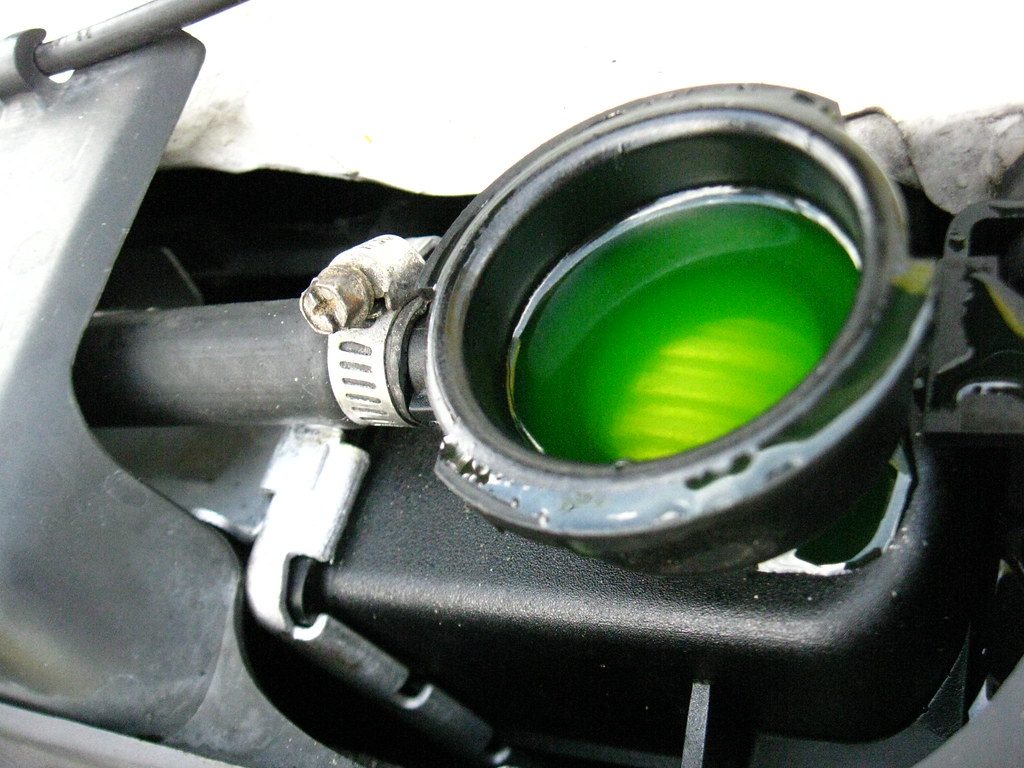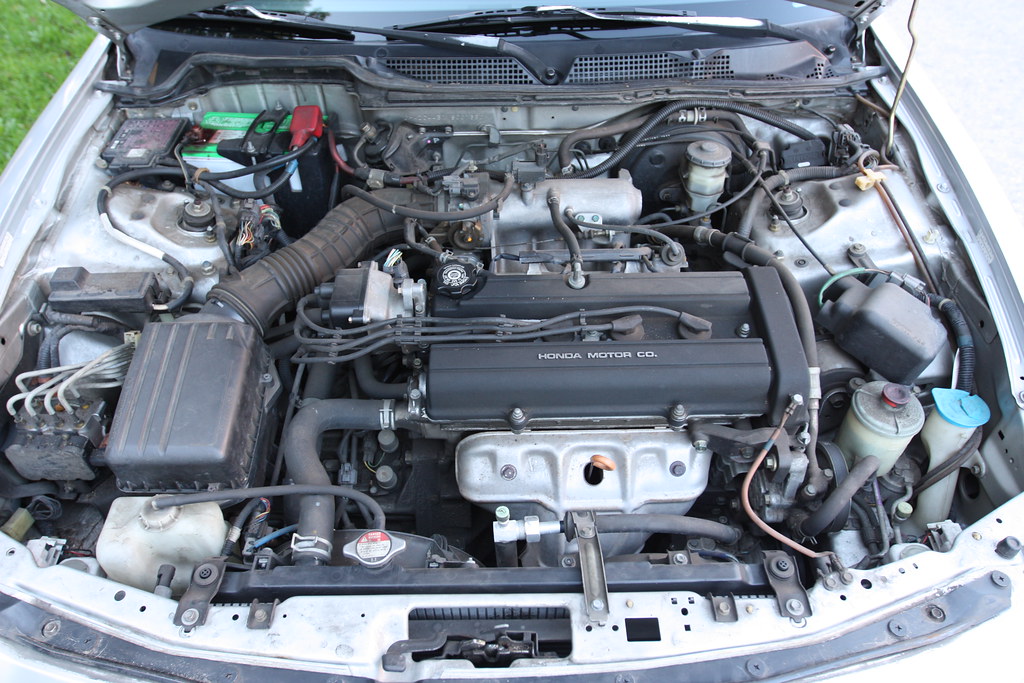Contents
– Step 1: Check your coolant level regularly
– Step 2: Detect a small coolant leak
– Step 3: Repair the coolant leak
– Step 4: Stop in case of a sudden large leak
The coolant that circulates in your car helps to lower the engine temperature and prevent overheating. A significant leak can have dramatic consequences for your engine, so don’t take it lightly.
Here’s how to maintain your cooling system and what to do in case of a coolant leak.
1. Check your coolant level regularly

To avoid unpleasant surprises, check your expansion tank regularly, about every two weeks.
Good to know: don’t wait until the corresponding light comes on; it’s better to anticipate, and this check is swift.
– With the engine cold, open the hood.
– Check that the coolant level is between the minimum and maximum indicated.
Important: Always work on the cooling system when the engine is cold. Otherwise, you risk severe burns because the liquid is boiling and under pressure when the engine is hot.
– If necessary, make a mark with a felt-tip pen so that you can see the exact level when you next check it.
– If necessary, top up the coolant. Remember always to have a can of coolant in your trunk.
Good to know: in exceptional cases, you can top up with water. However, you will have to drain the cooling system and refill it with water because pure water can freeze in freezing weather and cause the pipes to explode (ice takes up more space than water). This is why the coolant contains antifreeze.
2. Detect a small coolant leak
If your car regularly consumes coolant, there is a definite leak in the cooling system: hose, joint, radiator, inside the engine (head gasket).
There are two ways to locate the leak.
Case 1: look for the leak when the engine is cold
– Coolant leaves white streaks when it runs and dries.
– When the engine is cold, look for white streaks along with the cooling system.
Case 2: Look for the leak on a hot engine
– Run the engine with the hood open.
– When the cooling system is pressurized, you will see the liquid coming out at the leak.
3. Repair the coolant leak
Drain the cooling system
Start by draining the cooling system.
– Place a basin at the radiator.
– Open the drain valve underneath.
– Let the liquid drain out.
– Also, open the expansion tank to create a draft and allow the fluid to flow more quickly.
Case 1: Change the hose
A leaking hose is the most common failure. In this case, the change is speedy and straightforward.
– Loosen the hose clamps.
– Replace the hose.
– Tighten new clamps.
Case 2: Change a part other than the hose
For other sources of leakage, good mechanical knowledge is required.
– It’s the radiator that’s leaking.
◦ It’s better to change it than to use a “stop leak” type product that may clog your radiator.
◦ This is a time-consuming operation. Depending on the model, you may have to disassemble the entire front bumper to remove the radiator.
– The leak is coming from the water pump.
◦ The water pump turns the fluid into the system.
◦ On many vehicles, the water pump is caught on the timing belt. It would help if you replaced this belt at the same time.
– The cylinder head gasket is no longer tight.
◦ In this case, white smoke is released when starting.
◦ Replace the head gasket before taking over the vehicle: this is a time-consuming operation that requires the disassembly of the entire upper engine.
Good to know: this no small job for just any amateur mechanic. You should bring your car to a professional garage.
Refill the cooling system
After replacing the defective part, refill the cooling system.
– Close the drain plug if it is still open.
– Pour in the liquid with a funnel.
Bleed the cooling system
You must remove any air bubbles before you finish.
– Run the engine until the cooling system comes on and is pressurized.
– Open the bleed screws on the hoses or radiator at the highest point.
– Let the air out until the fluid comes out.
– Close.
– Allow to cool and refill with fluid.
4. Stop in case of a sudden large leak
– If you are driving and white smoke or a cloud of vapor comes out of your hood or tailpipe, along with a bad odor in the cabin, stop your vehicle immediately.
– Do not restart the engine.
Important: You have a large coolant leak (head gasket or hose out of order). You risk overheating the engine in the very short term.
– Tow the car to a garage where you can carry out the checks and repairs (steps 2 and 3).
Now, you know what to do in case of a coolant leak. Remember to share your views in the comment section below.


1 comment
[…] What Should I Do in Case of a Car Coolant Leak? […]